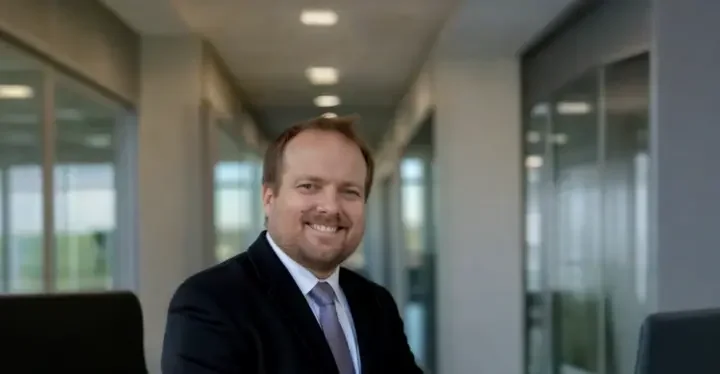The U.S. Patent Office grants inventors rights to their inventions in exchange for teaching the public about their inventions. A patent is a document that teaches the public how to use the invention. Patent drawings are often the most important tool with which inventors teach. When you apply for a patent, get the drawings right, and you have taken one of the biggest steps towards getting the patent right.

What are patent drawings?
Patent illustrations are how inventors communicate the parts of a machine, the steps in a process, or a molecule's structure to the public. The final drawings in your patent need to conform to the rules set forth by the U.S. Patent Office. Those complex rules make it difficult to know if you should make your own drawings or have a professional do them for you. Even if you decide to have a professional make your patent drawings, it will always help if you start by drafting your own.
For example, you invented a complex process of iterative data encryption. The method constantly adjusts the encryption on a file based on a variety of parameters. Although it seems that your process does not lend itself to drawings, the drawings in your patent will be critical.
U.S. patents that teach methods or processes routinely employ flowcharts or box diagrams to show the steps of the process in order and variations in that process.
Do it yourself (DIY) patent drawings
One of the best things that you can do is make your own simple drawings such as flowcharts. Make one for every distinct encryption process and make a different flowchart for every variation on the process. When you put all the flowcharts in order, you have the overall patent mock-up: What are the steps of the process, and what are the possible variations?
Each patent illustration is part of an outline for the rest of the patent application. How you draw the drawings and what you have in them is a critical strategic element of the patent application. If you hire a patent lawyer to write your patent, you will have to make the decisions about your drawings together.
It will help the lawyer enormously to have your encryption process mapped out before writing your patent.
As you start to consider the best way to go about patenting an idea, your drawings are an opportunity to explore what the invention is. Draw all your flow charts on a whiteboard so that it is easy to erase and change it. Take a photo of it when you are finished and move on to the next one. When you are finished, you will not be trying to just patent an idea but have a complete invention.
Professional patent drawings
Patent drawings have a number of formalities. They must be sufficiently clear, with clear printing, and within exact margins of a certain size. Your encryption process flowcharts are no different. If the margins are wrong, the USPTO will require you to amend the patent application and correct the drawings. If you do not amend your patent application, you may lose your patent forever.
Do not worry about the rules on how to draw a patent. Focus on getting the technical details of your invention across. Even if you do decide to make your own drawings, it will be much easier to worry about the exact rules of the patent drawings after you have a solid draft completed.
Whether you are filing a design patent, a utility patent, or even a provisional patent application, take the time to get the drawings right. Make sure the drawings emphasize the key parts of your invention.
Once your drawings clearly convey your invention, then you can decide if you want to take them to a professional. If you hired a lawyer to write your patent, they might have a drafter they can recommend. If you are writing your own patent, then you may want to find a professional patent illustrator.
For design patents and utility patents, you have to make sure they comply with all relevant rules and regulations required by the United States Patent and Trademark Office.


